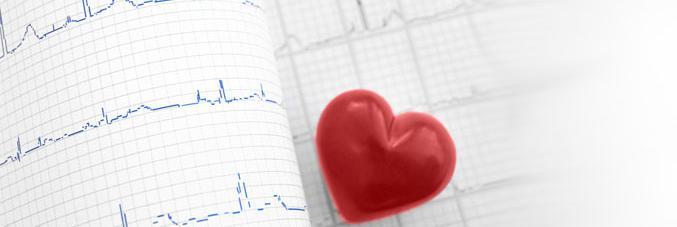
Myocarditis. Discovering it without resorting to biopsy
02.11.2022
Myocarditis, the work of the pathologist and cardiologist from the University of Padua Hospital, Cristina Basso is published in the New England Journal of Medicine.
Basso’s work addresses the medical community on the topic of myocarditis, an inflammatory disease of the heart muscle that can have different origins and can lead to very variable clinical consequences, from asymptomatic pictures to severe heart failure or arrhythmias up to sudden death.
Until now, endomyocardial biopsy has been the standard method of diagnosing myocarditis, but over the past two decades, the diagnostic workup has changed with the introduction of new tools. Now, highly sensitive troponin and cardiac magnetic resonance imaging in routine clinical practice is used in combination with symptoms and signs, laboratory testing, and imaging studies to establish the diagnosis without resorting to invasive biopsy.
Dr Basso explains, “To ensure a proper diagnosis it is necessary to perform a heart biopsy, which is a fairly invasive procedure for a patient. However, we have seen that by using state-of-the-art magnetic resonance techniques we can see tissue formation that allows us to make an initial diagnosis of the presence of myocardium inflammation. If the patient reports significant symptoms along with a clinical picture that leads to suspected serious consequences, it becomes necessary to perform a heart biopsy. This step is necessary to initiate a therapy aimed at the cause of myocarditis that is no longer purely symptomatic. The biopsy, carried out with the most advanced molecular techniques, thus allows us to identify the presence of possible infectious agents that may have triggered myocarditis to implement the treatment deemed most effective."
For years, the Cardiovascular Pathology Unit of the University Hospital of Padua has been the regional and national "hub" for the anatomopathological study of heart disease. In particular, the complex performs cardiac biopsies to determine cardiac surgical needs, as demonstrated by the numerous original scientific publications on the subject.



